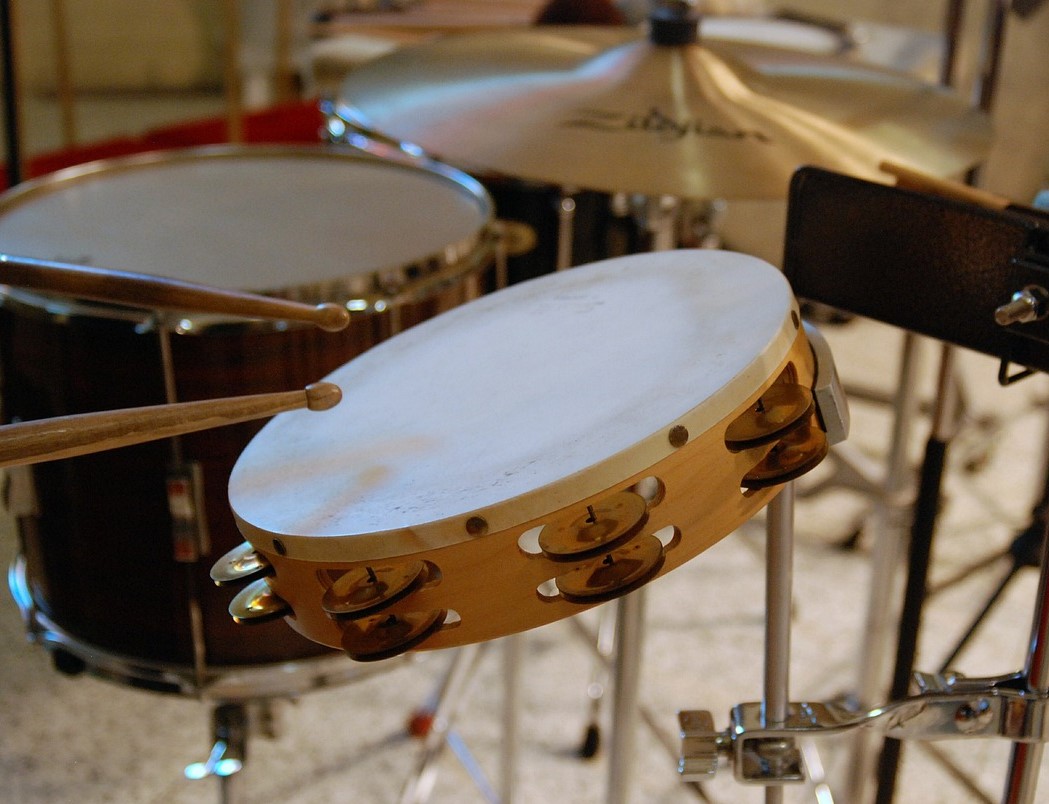Copyright © University of Cambridge. All rights reserved.
Music to My Ears
Music to My Ears printable sheet

You could have a go at Clapping Times before trying this problem.
This is a very practical activity - you might like to use some musical instruments, for example a drum or a triangle, rather than using your hands and parts of your body.
Begin a rhythm: clap, clap, click (your fingers), clap, clap, click, clap, clap, click, clap, clap, click ...
What will you be doing on the 15th beat?
How do you know this without actually doing it?
What will you be doing on the 20th beat?
Again, explain how you can predict this.
How about on the 99th beat?
What would you be doing on the 100th beat?
If there is someone else with you, ask them to come and join in. If you're on your own, it doesn't matter, you'll just have to imagine that someone else is there.
You and your friend are going to both start a different rhythm at the same time.
You will do clap, clap, click, clap, clap, click ... as you did before.
Ask your friend to do click, clap, clap, click, clap, clap, click, clap, clap ...
Have a go so that you get a steady rhythm going.
If you both start at the same time, when will you both click your fingers at the same time?
Why?
Are there other ways that you could have clapped and clicked for this to be the case?
How could you change your rhythms so that you do click at the same time?
How could you predict when this was?
Why do this problem?
This activity centres on factors and multiples in a very practical context, and introduces the idea of common multiples.
Possible approach
You could introduce the first rhythm yourself by clapping and clicking, and asking the questions orally. This will encourage children to listen carefully and think about how the beat number connects to the different actions. The important point here is that pupils will understand how the repeated pattern links with factors and multiples, and this will enable them to predict where certain
actions will occur. Learners might articulate this in different ways, for example, by referring to numbers which are in certain 'times tables'. Of course, you can invite some children to physically demonstrate the rhythms so that the group's hypotheses are checked (at least for lower numbers of beats!).
You may wish to encourage children to jot things down to help them predict the sounds they will hear. This recording would be good to share in its own right as again, pupils will have found different representations. For example, some may use a 100 square with highlighted or annotated numbers, and some may draw a number line of sorts with abbreviations or symbols for claps and clicks.
You could talk about the advantages of each method and you could discuss how they would record differently if someone else needed to understand their work.
There are lots of variations on this idea with more than two different sounds or movements and a repeat pattern involving more than three beats, which you can go onto once the children are more confident.
Key questions
How do you know what you will be doing on this beat?
How do you know when you will be clapping/clicking together?
Tell me about what you have written down.
Possible extension
As an extension you could ask pupils to investigate and prepare an example of two rhythms to bring back as a challenge for the rest of the class, for example CCCT, CCCT, CCCT ... and CCT, CCT, CCT ... (where C is clap and T is tap). Here the Ts coincide on all multiples of 12. This problem has kept the ideas quite simple by only allowing one tap in a sequence and always at the end. This could
be made more difficult by allowing the tap anywhere or having more than one tap.
Possible support
Clapping Times makes a good introduction to this problem which many learners would benefit from doing first.
